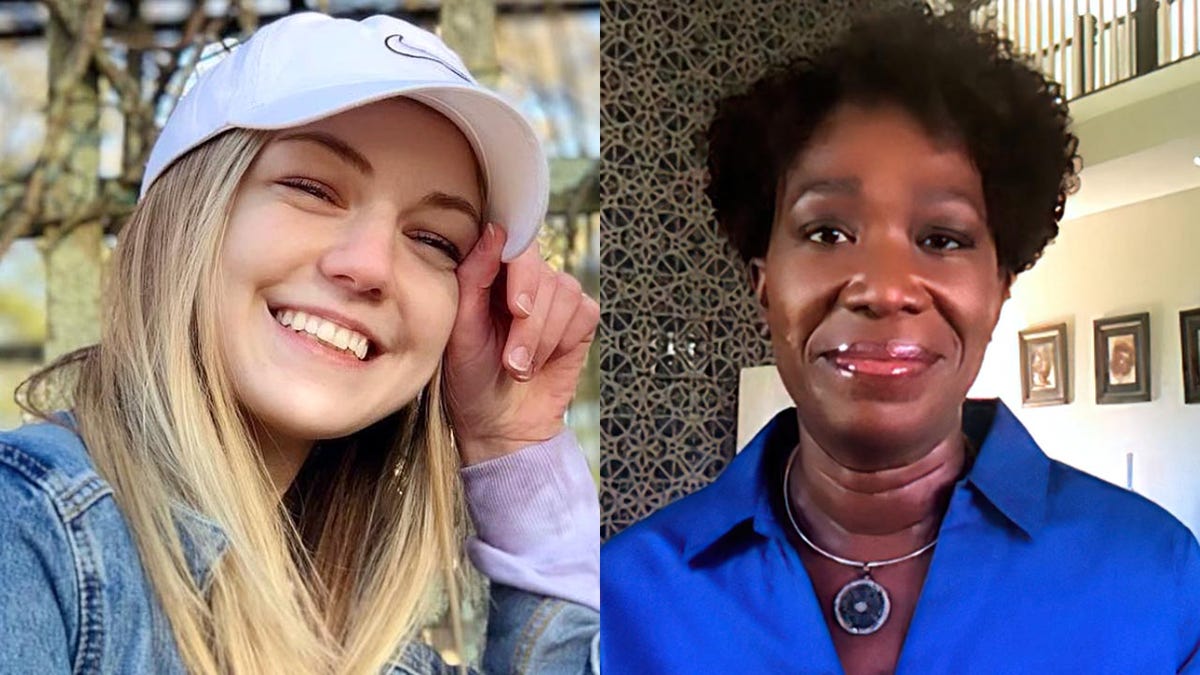Media top headlines September 21
In media news today, the media peddles a narrative that horseback Border Patrol agents were using whips on Haitian migrants, Jen Psaki gets hammered for citing Biden's history with grief while discussing errant Afghanistan drone strike, and the media frets over too many white Emmy winners
MSNBC host Joy Reid turned to race Monday while discussing the media's coverage of missing 22-year-old Gabby Petito, dismissing the focus on the case as "missing White woman syndrome."
During a segment on her show "The ReidOut," Reid said while Petito's family deserved "answers and justice," she felt the same media attention didn't apply to non-White people when they go missing..
GABBY PETITO: POLICE DECLARE ‘CRIME SCENE’ AS FBI ENTERS BRIAN LAUNDRIE'S FLORIDA HOME: LIVE UPDATES
"It goes without saying that no family should ever have to endure that kind of pain. And the Petito family certainly deserves answers and justice," Reid said. "But the way this story has captivated the nation has many wondering, why not the same media attention when people of color go missing?"

(Steve Petito /Getty Images )
"Well, the answer actually has a name: Missing White woman syndrome. The term coined by the late and great Gwen Iffil to describe the media and public fascination with missing White women like Laci Peterson or Natalee Holloway, while ignoring cases involving missing people of color," she added, referencing two well-known cases of missing women.
MSNBC has extensively covered the case and its website Monday morning prominently featured an opinion piece on the missing woman.
Reid spent the remainder of the segment discussing multiple instances of missing Black and Native American individuals she claimed to have never heard about in the same way as the Petito case.
CLICK HERE TO GET THE FOX NEWS APP
She also cited statistics from the Black and Missing Foundation that suggested the disparity in media coverage between missing White women and non-White women was attributed to missing minorities often being classified as runaways, minority adults being labeled as associated with crime, and that minorities are dismissed because it's believed they live most of their lives with poverty and crime as a regular part of their lives.
Reid ended the segment by suggesting that missing women of color weren't noticed as much because they didn't look like the daughters or granddaughters of newsroom executives, alluding to one of her guest's earlier claims on the show that stories on missing non-White women weren't sensational enough for the White, middle-aged males leading newsrooms.


